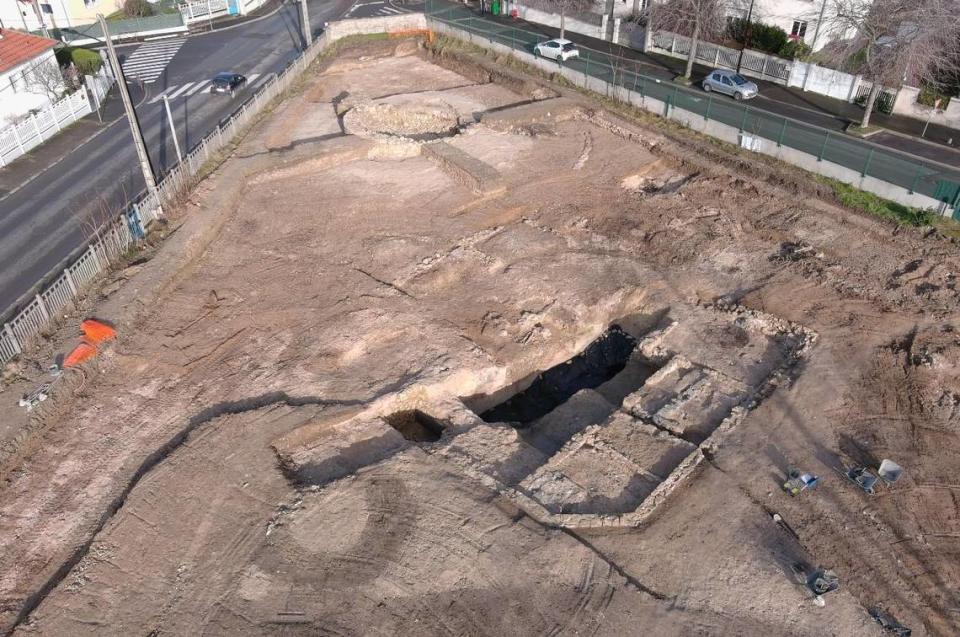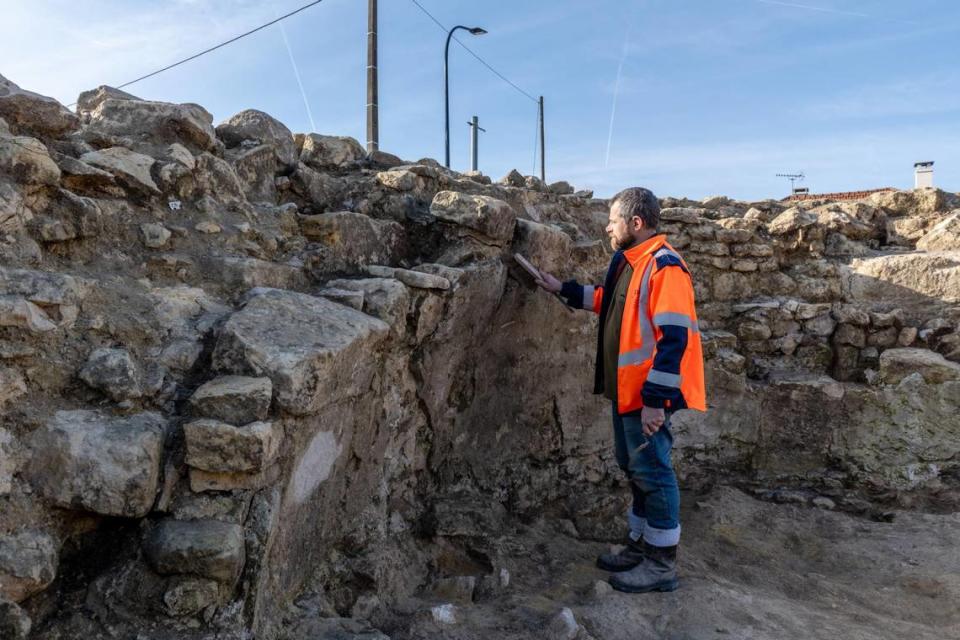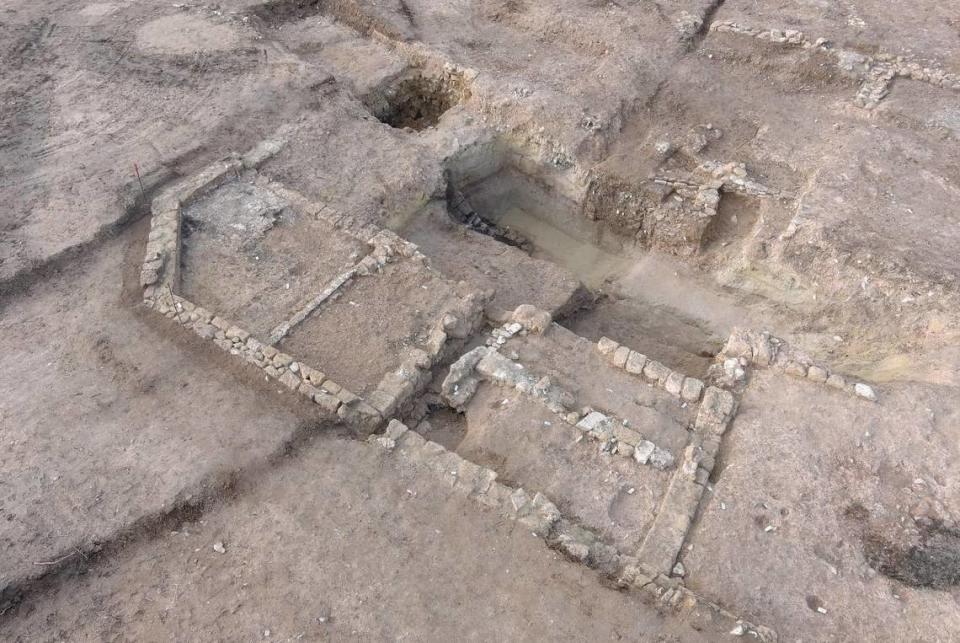Rare ancient windmill — and its operator’s home — unearthed in France. See the finds
Windmills, used to produce flour, became a staple to medieval economies more than 800 years ago. By the 19th century, though, family-owned windmills were gradually replaced by industrial mills.
Now, despite their proliferation hundreds of years ago, it’s rare to find the ruins of these windmills in France.
That’s why archaeologists were excited to find the remains of an ancient windmill and miller’s house during a recent construction project in the municipality of Sartrouville, according to a Feb. 28 news release from the Institut national de recherches archéologiques préventives (INRAP).

Uncover more archaeological finds
What are we learning about the past? Here are three of our most eye-catching archaeology stories from the past week.
→ 2,400-year-old underground discovery stumped experts for decades — until now
→ 800-year-old toy unearthed after firehouse demolition. See it
→ Metal detectorist unearths 'one-of-a-kind' gold treasure from 1,400 years ago. See it
The ruins were discovered ahead of the construction of a new school and activity center, officials said.
Known as the La Tour mill, the ancient windmill was operated by one family since at least the second half of the 17th century, experts said. It produced flour until the middle of the 19th century.


At the site, archaeologists found the mill’s foundations, which were made up of a stone ring surrounded by earth built to resist wind, experts said. The stone wall included a lightning rod, which protected the mill from lightning.
Millstones and other tools were unearthed from the lower part of the ruins, researchers said.

Atop the mill was a “hucherolle” — a wooden cage that supported the mill’s blades and other mechanisms. The hucherolle was removable so the mill could be oriented based on the wind, according to experts.
Nearby, archaeologists also unearthed the house where the mill’s operator would have lived, officials said. The home was destroyed in the 1980s. Its architecture resembles a style dating to 1820, but archaeologists found evidence that it was in use before then.

Beneath the courtyard of the house, a large cellar used for milling activities was also discovered.

Unlike with hydraulic mills, windmill ownership was not regulated during medieval times, so ownership of these machines was not limited to those with royal power, experts said. Mills were essential to the production of bread, which was the basis of food during ancient times.
Sartrouville is about 10 miles northwest of Paris.
Google Translate was used to translate a news release from INRAP.
Emerald green artifact was ‘ignored’ for 80 years. It was a ‘rare’ 500-year-old find
Hunt for ancient Roman pottery workshop leads to much older ‘exciting’ find
800-year-old toy unearthed after firehouse demolition. See it and other treasures


